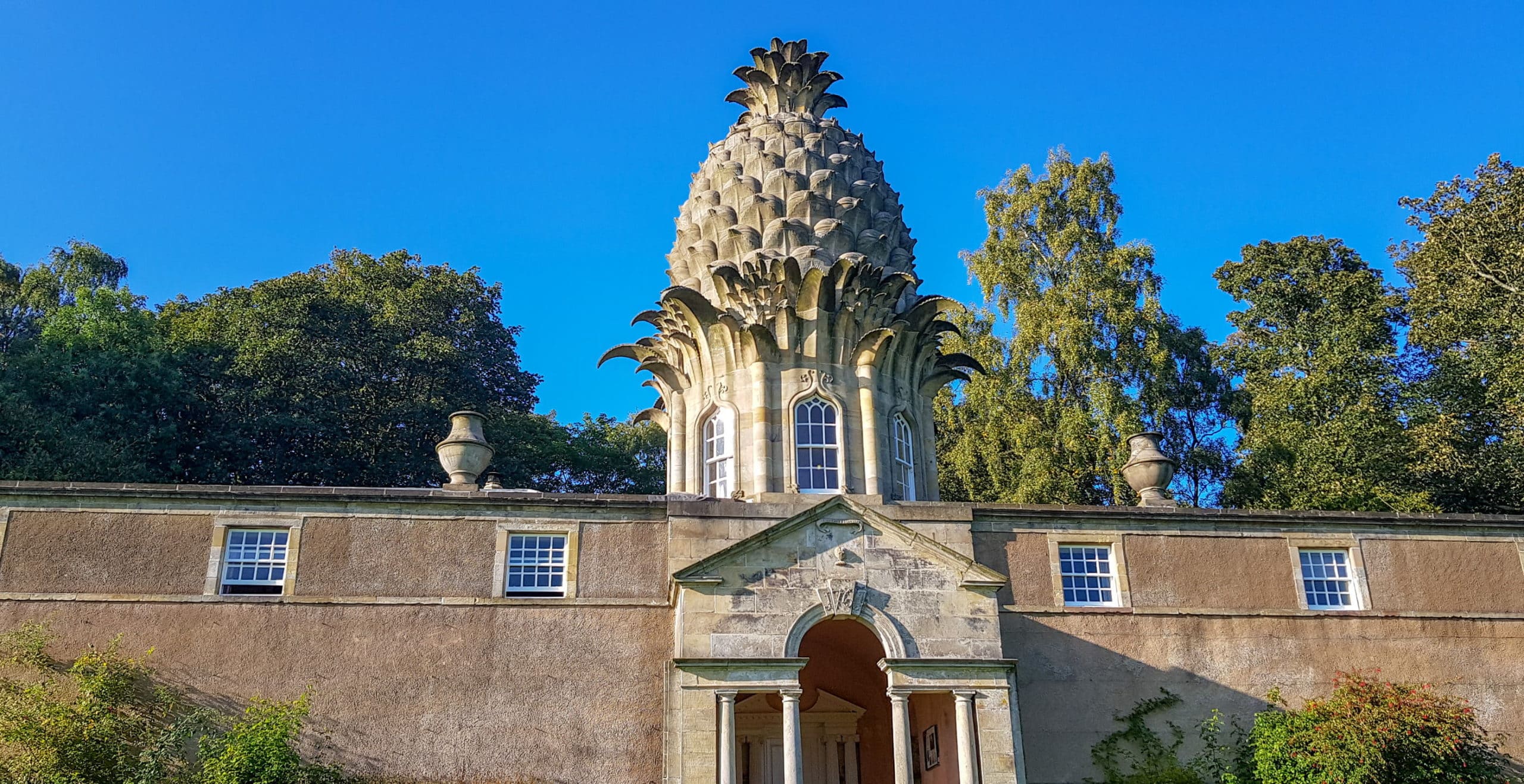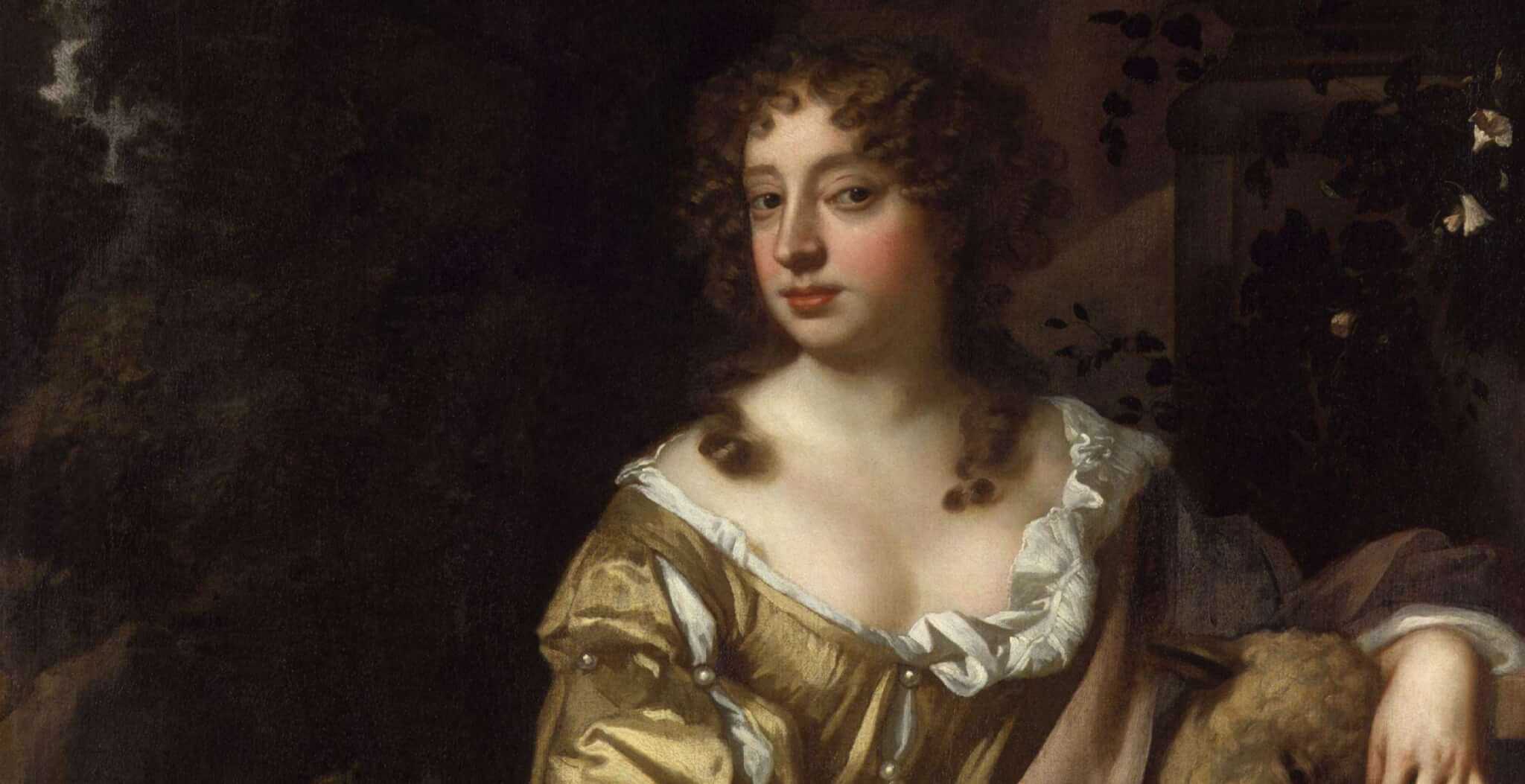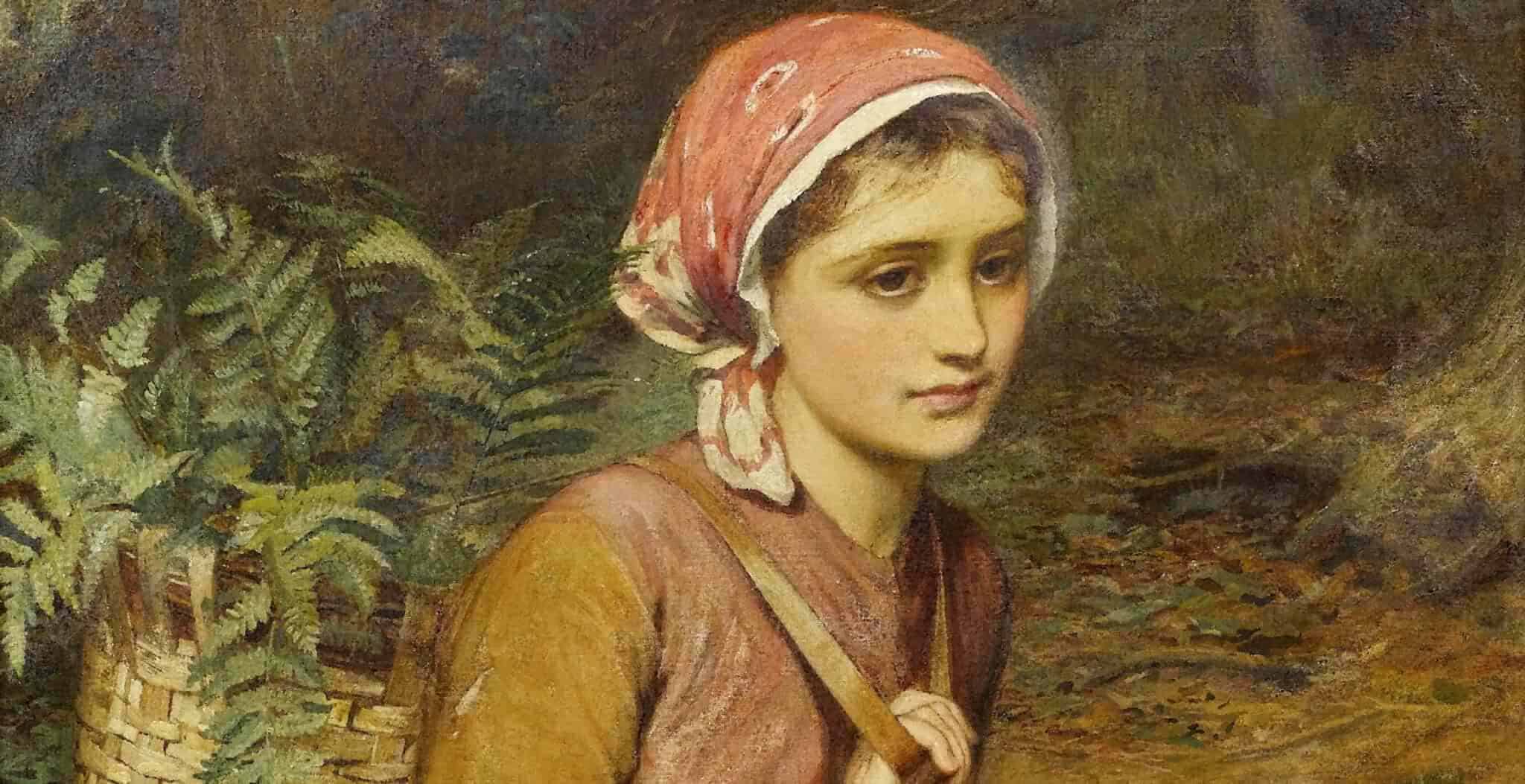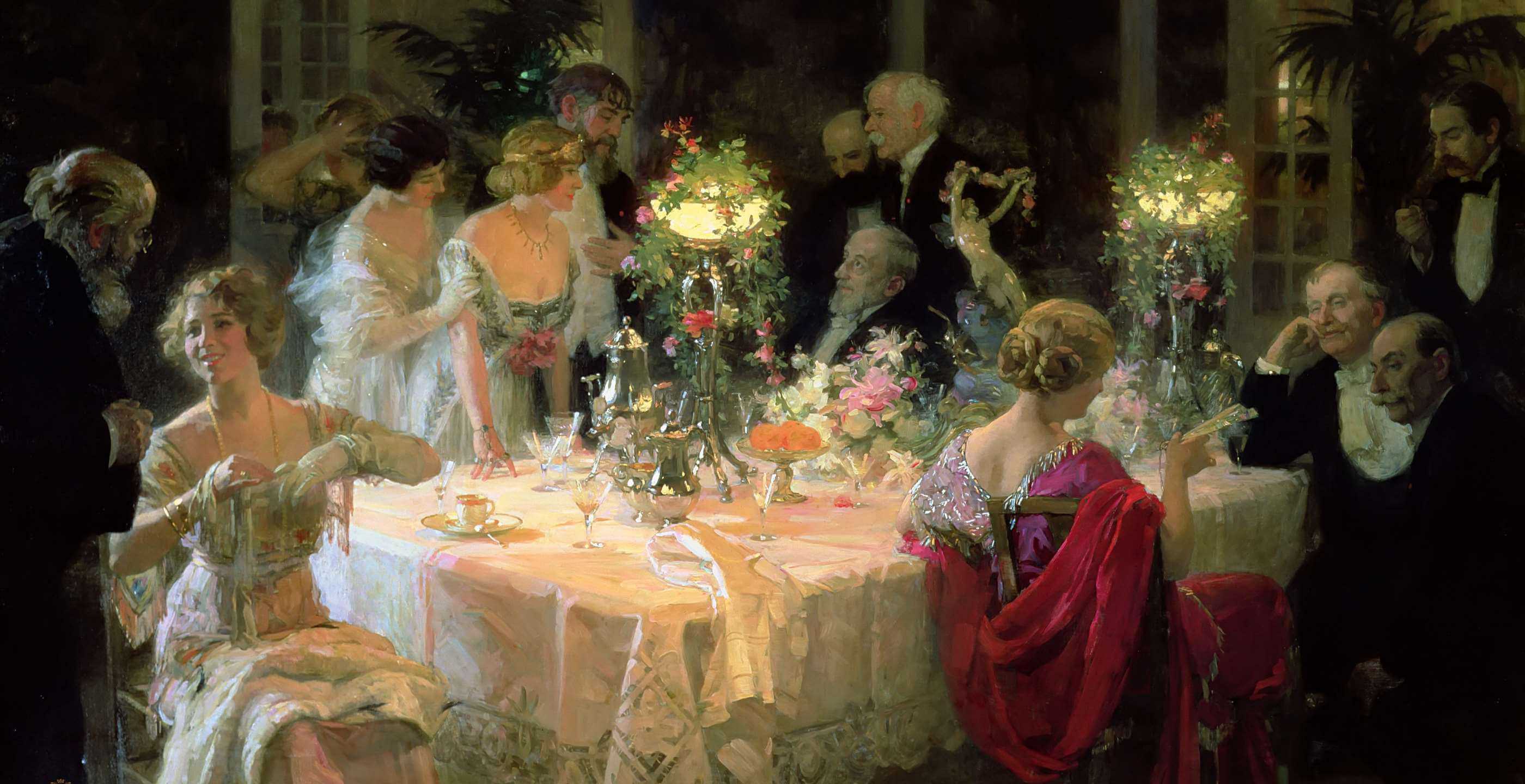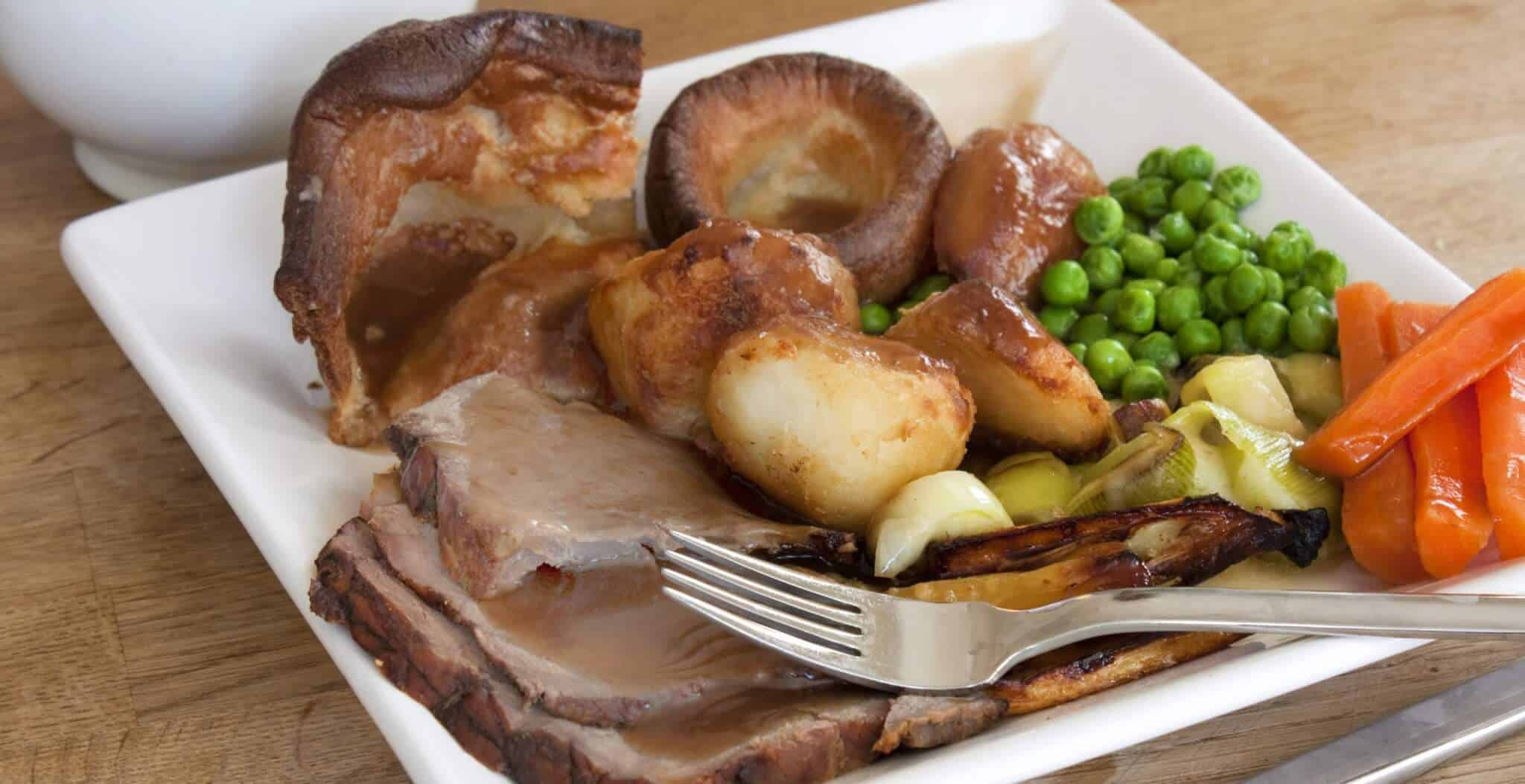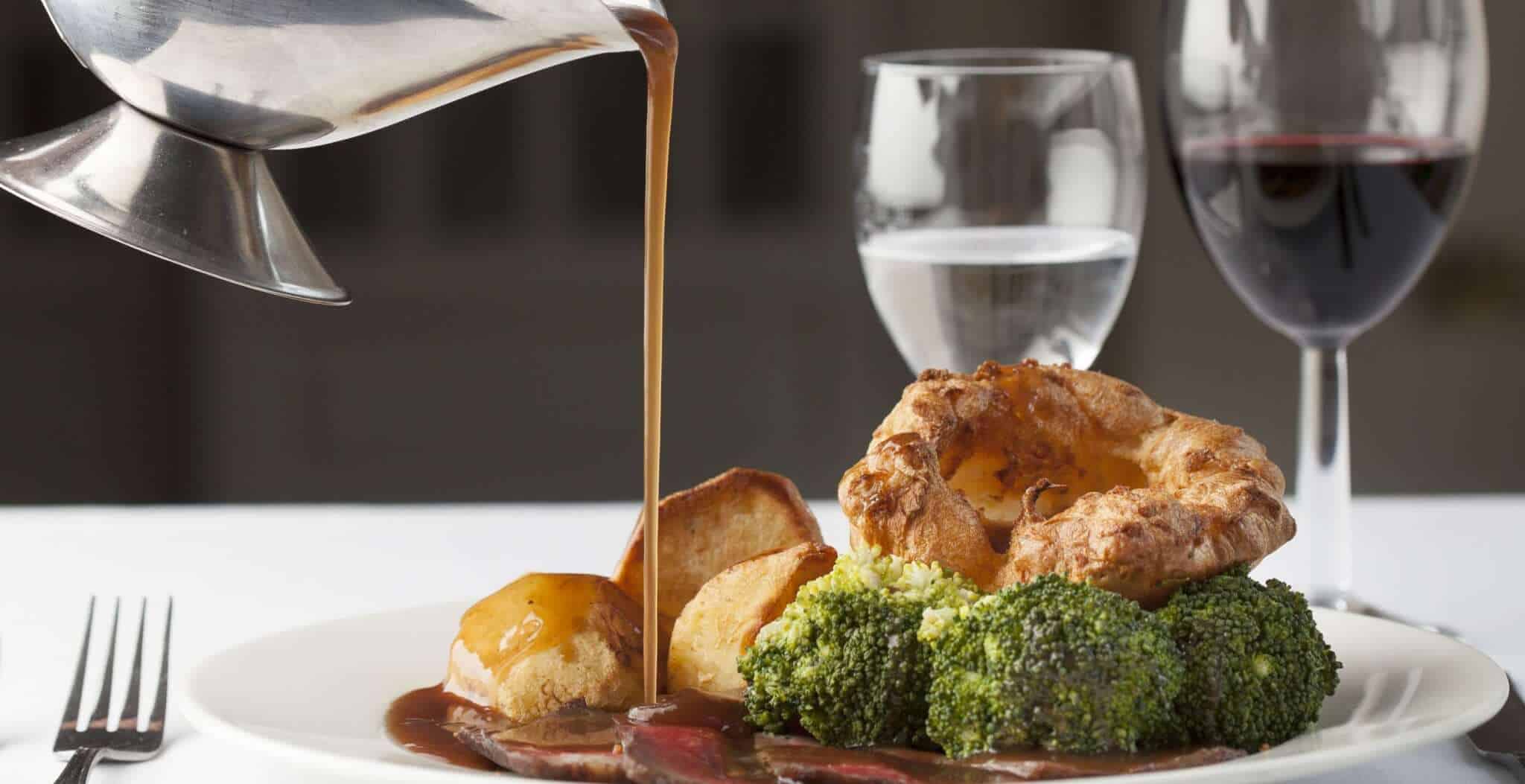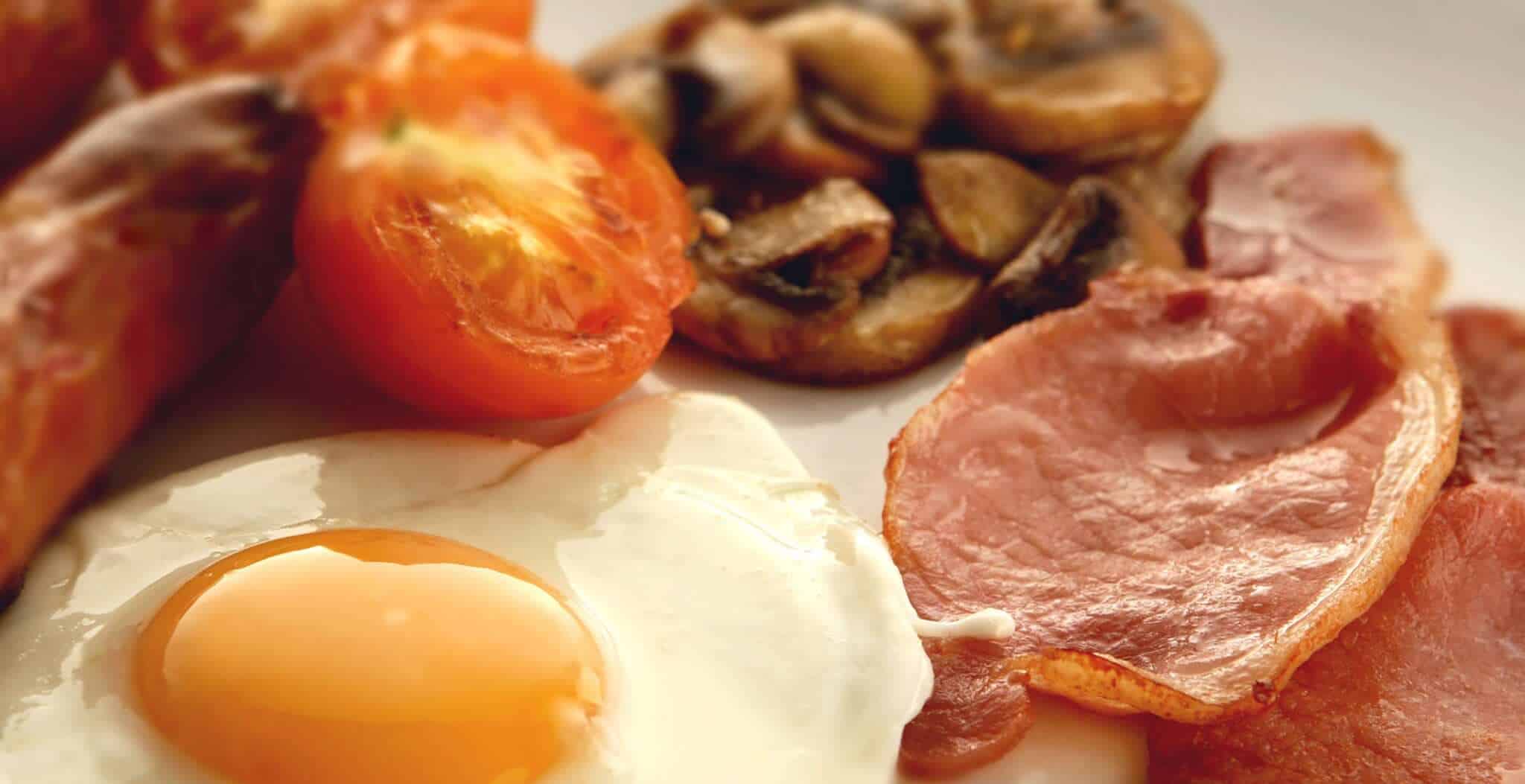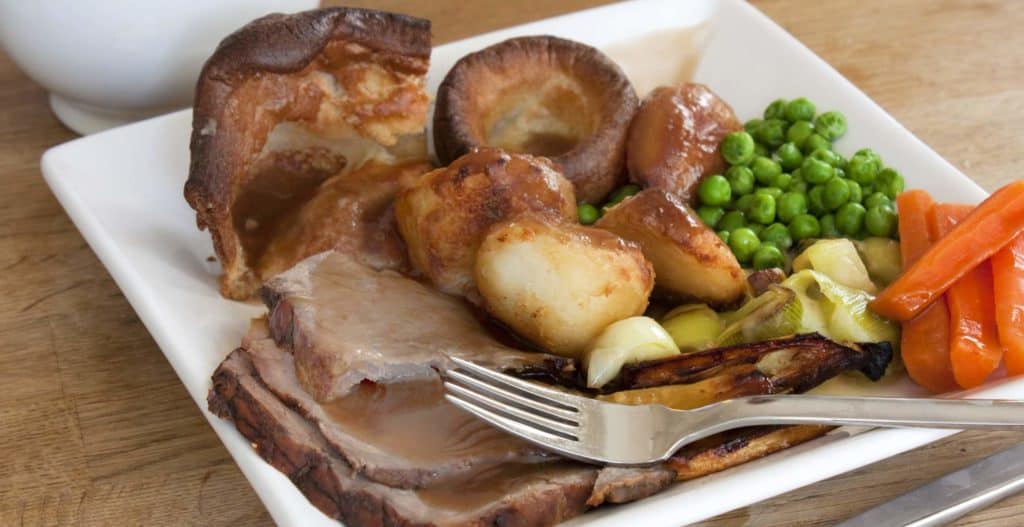The history of the pineapple is far more interesting and convoluted than you might think. Not simply the ingredient of piña coladas and fruit salads, oh no – the humble pineapple is far more historically important than that. Pineapples are native to South America, the Latin name for the fruit is ‘ananas comosus’, which originally comes from Guarani, meaning ‘fragrant and excellent fruit.’
Pineapples first came to Europe in the 16th century, brought by none other than that intrepid traveller and explorer, Christopher Columbus. He discovered pineapples in Guadeloupe in 1493 and brought them back to Spain. They had been cultivated in Guadeloupe by the population who loved their tasty and juicy sweetness, and it is no exaggeration to say that Europeans went wild for this exotic delicacy! A British colonist, Richard Ligon, who had a sugarcane plantation in Barbados, wrote at the time that the pineapple was, ‘far beyond the choicest fruits of Europe’.
From the moment that they were introduced to Britain in the 15th century, it became immediately clear that they could not be cultivated in the unsuitable British climate. People still tried though, and for nearly two hundred years there were many failed attempts to grow the fruit. They were finally able to succeed by using ‘hot-houses’ in the 18th century. They were also famously difficult to transport from the colonies without spoiling, therefore due to their rarity, they became insanely popular and a status symbol in the 16th and 17th centuries.
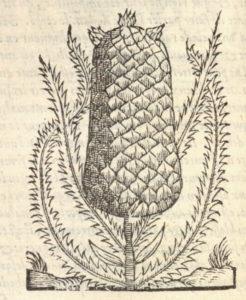 Engraving of a pineapple in Thevet’s ‘The new found World or Antartictike’, published in 1558.
Engraving of a pineapple in Thevet’s ‘The new found World or Antartictike’, published in 1558.
Only the incredibly wealthy could afford such a decadent prize. Many famous people from that time adored the fruit; Charles II, Catherine the Great, Louis XV and King Ferdinand of Spain, to name but a few. Another contributing factor to the popularity of the pineapple was the general lack of sweetness in the diet of the population at that time. Cane sugar was expensive, other fruits were seasonal and the regular populace would rarely have tasted anything so sweet.
So famous and coveted did they become that they are actually present in a portrait of Charles II. The iconic painting ‘Charles II presented with a pineapple’ (c 1677) shows Charles II being presented with a pineapple by his gardener John Rose. Why would this be significant you may ask? Is it a slight? A joke? Is Rose about to be dead-headed in the King’s gardens? It would appear not.
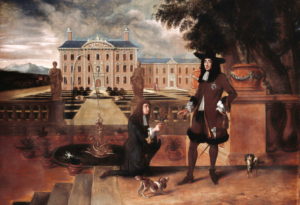
The painting does not depict the first ever pineapple presented to Charles II, as by 1677 he would have eaten his fair share of the coveted and exotic fruit. It may instead refer to Charles’ II appetite for other pursuits. Rose was also gardener to the family of Charles’ mistress, the Duchess of Cleveland. The pineapple is likely to be a metaphor for either the mistress herself, or the activities in which Charles was likely to indulge with her. Charles is attributed as having given the pineapple its contemporary name, the ‘King Pine’. From this period throughout the coming centuries this is how the fruit is referred to in literature. During the height of its popularity pineapples would sell for as much as $8000 in today’s money.
They became a sign of hospitality and of generosity. Pineapples would be the centrepiece at dinner parties, not eaten but viewed, almost revered. Some would even rent a pineapple for an evening and carry it around like an accessory! It is clear that having a pineapple was a huge status symbol. They were incorporated into sculpture, civic architecture, design in private houses, courts and statues. You can see pineapples atop St. Paul’s Cathedral in London, but perhaps the most impressive is the giant stone behemoth that sits astride the archway of Dunmore House in Falkirk. Here you can actually stay in the pineapple shaped building. Pineapples even featured in much of contemporary literature including Charles Dickens’ novel ‘David Copperfield’ in which the protagonist himself was fascinated by the pineapples he saw in Covent Garden.
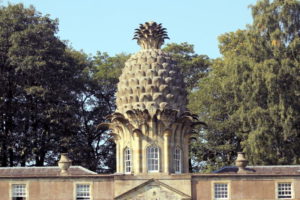
There is another side to the King Pine’s reputation, apart from that as a status symbol for the rich. It was also considered an erotic and even sinful delicacy, something titillating and tantalising. Perhaps something out of Eden itself. Some even argued that this was the fruit that caused Adam to fall. The hyperbole used at the time around the idea that the pineapple was a dangerously delicious vice cannot be overstated. In 1638 Thomas Verney, another English colonialist living in Barbados, wrote that the pineapple was in fact, ‘the apple that Eve cosned Adam with’. That’s rather a lot to lay at the feet of the innocent fruit. Whereas Charles Lamb, a contemporary writer and essayist, suggested that it was ‘too transcendent – a delight, if not sinful, yet so like to sinning that really a tender-conscienced person would do well to pause.’ The latter warning could of course have been to ensure that there were enough pineapples left for him to eat!
It is undeniable that Charles Lamb definitely had a penchant for pineapples. In his almost erotic description of the fruit he actually touches upon a particular peculiarity of the plant. Pineapple is the only fruit that actually eats you back! Lamb stated that eating pineapple was ‘pleasure bordering on pain, from the fierceness and insanity of her flesh, like a lover’s kisses she biteth.’ He arguably liked this fruit a bit too much. However, you may have noticed that when you consume the deliciously tart and transcendent Edenic fruit, your tongue tingles. This is because pineapple contains the enzyme Bromelain that breaks down protein. So, in effect, the pineapple is breaking down the proteins in your tongue as you are swallowing its flesh. A strangely symbiotic method of consumption. Happily the tingling sensation stops when the pineapple leaves your mouth. But perhaps it is the final revenge of the sinful fruit!
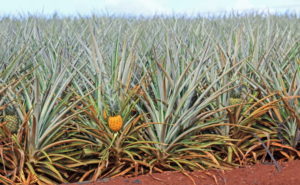
Eventually, as with most things, the pineapple’s celebrity faded. In the 18th century they were more easily imported from the colonies and were more readily cultivated in Britain. They were no longer scarce and coveted, becoming more commonplace and quotidian. Other trends dominated the cultural consciousness, although the fruit itself did remain popular. In 1900 James Dole started the first commercial pineapple plantation in Hawaii. It grew 75% of the world’s pineapples at its height. Now the global demand for pineapples is supplied by Thailand and the Philippines. Today we are more likely to see pineapples in tins, or quite possibly on the side of a cocktail glass. But at one time they were too expensive to even dream of eating! They were simply to be admired and lusted after as they adorned a hostess’s table, or a King’s elbow.
By Terry MacEwen, Freelance Writer.
